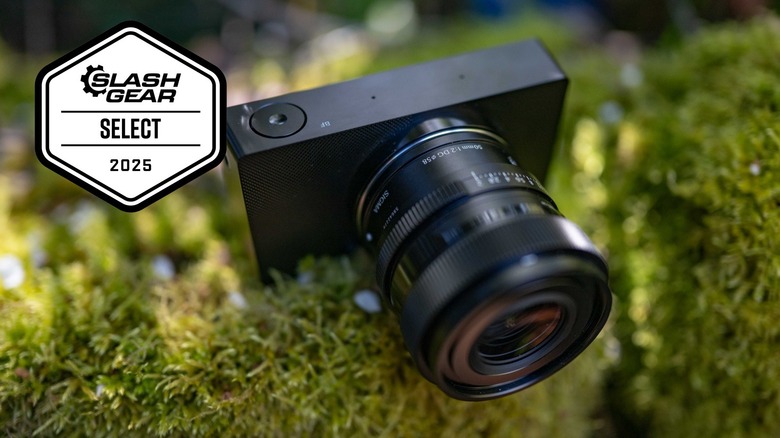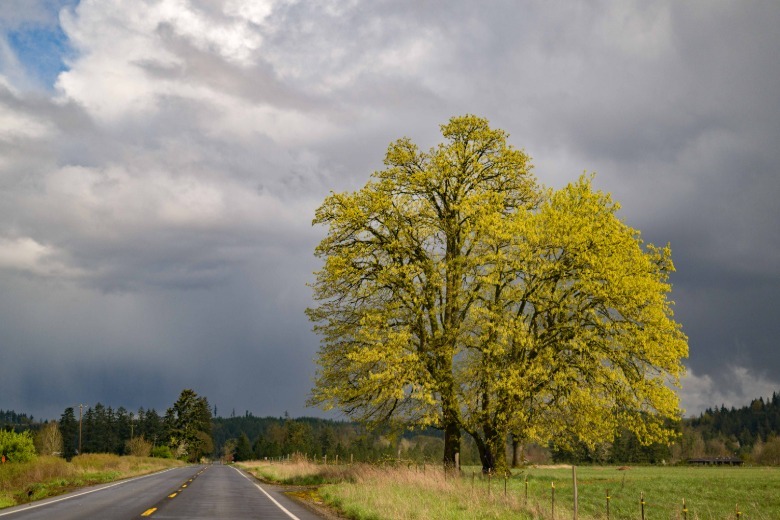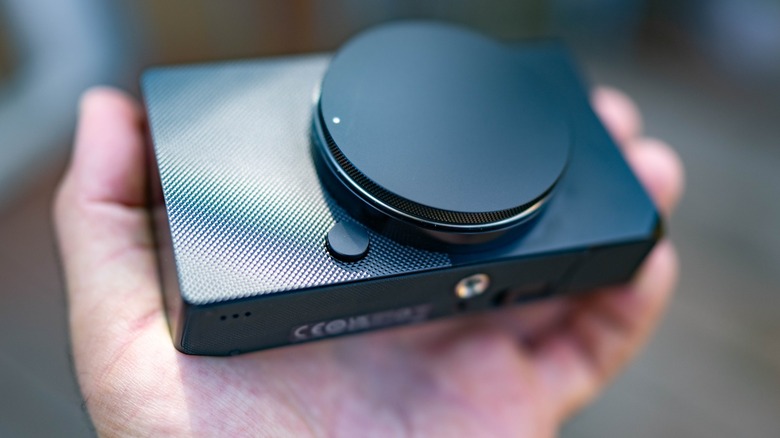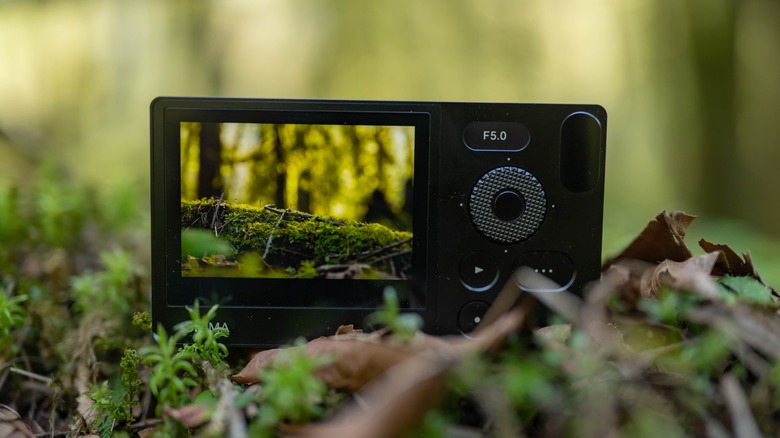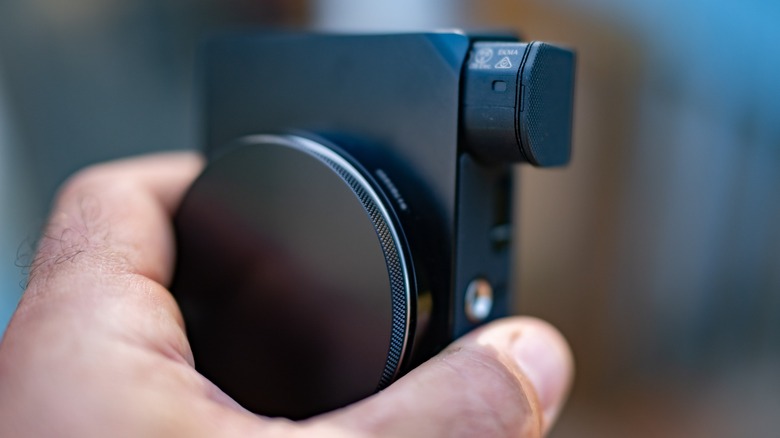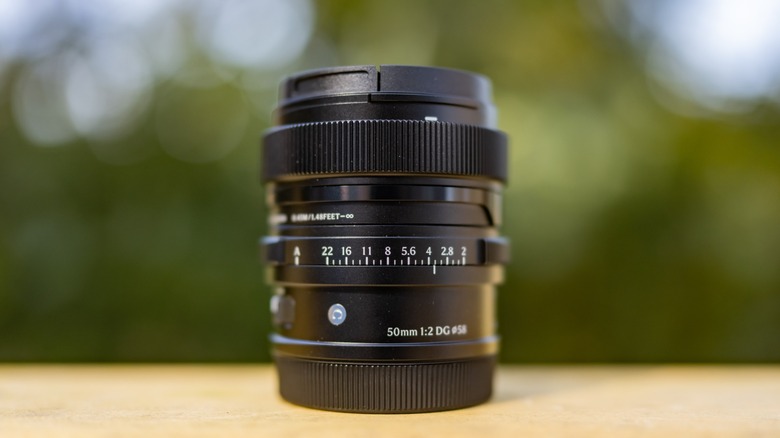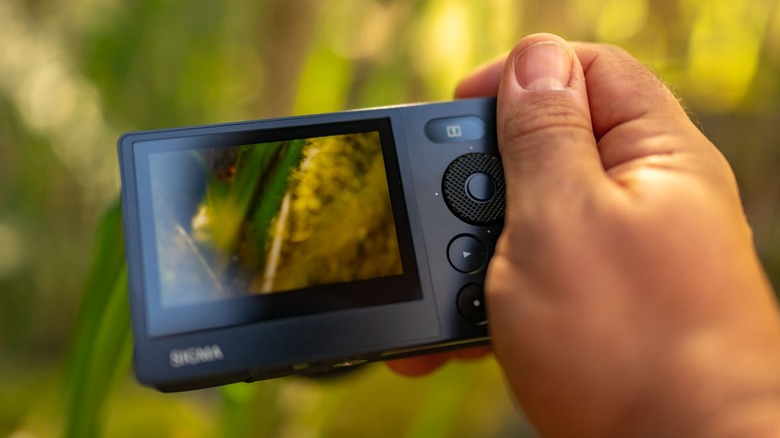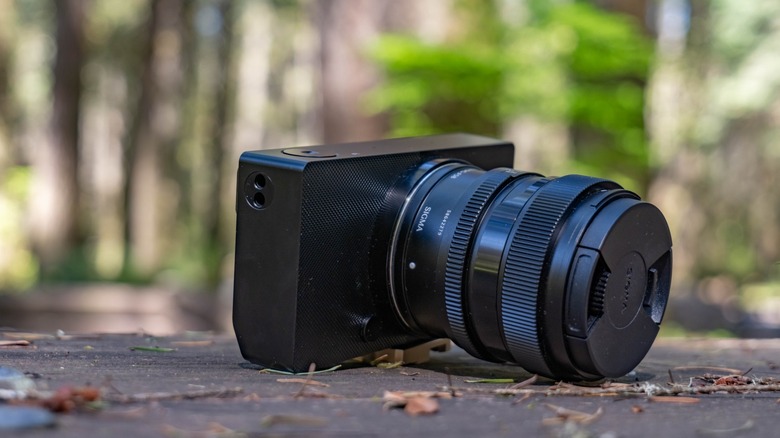Sigma BF Review: Beautiful Photos From A Boldly Different Camera
- Completely unique hardware design
- Durable, long lasting construction
- Excellent image quality
- Exceptionally compact
- Uncomfortable and slippery hardware design
- Controls and interface take some getting used to
- No in-body stabilization
- Expensive
We may receive a commission on purchases made from links.
It's always exciting when a new camera launches that is truly different, and as is immediately apparent with the Sigma BF, this is indeed a very different sort of camera than almost anything we've seen before. Visually, it looks like a silver or black metal brick (depending on which color you choose), and if its design philosophy screamed "minimalist" any louder it might well cause hearing loss. It's the sort of product that really gets people talking because its just so outlandish, so I was truly excited to get my hands on this device, (provided by Sigma for this review), to see what it's all about.
Everything from its controls to its harshly angular, boxy design is alien to the vast majority of what you'll find in more traditional cameras. Beneath all that however, Sigma has included a high performance sensor and have upgraded the autofocus capabilities compared to other cameras. The end result is an extremely unusual exterior with powerful, modern components and software. The question is whether the Sigma BF is an elegant and innovative masterpiece, or the absurd creation of some mad scientist. Perhaps it falls somewhere between those two extremes.
Gorgeous photos and competent AF, but lacks IBIS
The image quality delivered by the Sigma BF's 24MP full frame sensor is glorious. 24MP isn't going to win any prizes for high res capability, but I was pleased enough by the images it produced that I'm not complaining, and 24MP is pretty standard at the BF's price point. I'd always been impressed by how Sigma renders colors while testing Sigma lenses using their FP-L camera, and the BF delivers a similar look and feel that I just love.
While I've long adored Sigma cameras for their image quality, the same can't be said for their autofocus systems. However, I was pleasantly surprised by how competent the Sigma BF is in this regard. Autofocus was fast and consistent, and I didn't feel limited by it at all. It even has a subject detection system which can recognize humans, dogs, and cats, which is a big step forward for the brand. Subject detection isn't quite up to the standards of the likes of Nikon, but overall I was pleasantly surprised by how good autofocus was in BF overall.
I have been thoroughly spoiled by the ubiquity of IBIS (in-body image stabilization) in modern cameras. It has led me to assume that I can shoot hand-held with very slow shutter speeds, but the Sigma BF has no IBIS, so I had to learn the hard way to maintain a high shutter speed when shooting without a tripod. It's obvious why the omission of IBIS was necessary to make the camera so incredibly tiny, but it's a factor which you do need to keep in mind. Electronic image stabilization is available when filming video footage.
Bold but questionable design decisions
By far the most striking and controversial aspect of the BF is its design, which is unique, to say the very least. There really isn't a camera like it, and there's a good reason for that. This is by far the most minimalist camera I've ever used, and that took some getting used to. The camera is cut from a solid block of aluminum, and it's certainly a heavy little brick of a thing.
The BF is a rectangle with sharp edges, and very little by the way of anything to grip onto, aside from a mildly textured front panel and a thumb rest. It certainly doesn't provide a very secure or comfortable experience, and I would very much recommend keeping this camera on a strap, and maybe invest in an aftermarket grip of some sort.
Regarding the control layout, this too is novel, with only a single dial and a handful of capacitive buttons. I didn't find changing settings and operating the camera as much of a headache as I expected, but I did deeply miss having more controls on the camera body. It helped to some extent to be using a lens with a manual aperture ring, but for someone like me who is used to always shooting in manual mode, not having more hard controls for various settings definitely slowed me down.
The BF is best used with shutter or aperture priority mode, or full auto. In this way you fully take advantage of the camera for its intended purpose of being a minimalist experience where you're more focused on composition and being in the moment than on getting your settings just right.
Beautiful display that's fixed in place
The display on the BF continues the theme of minimalism that is such a major part of the camera's identity, for better or for worse. First off, this is one of the most vivid and beautiful displays I've ever encountered on a camera. It looks so good that it genuinely elevates the experience of shooting with the BF. However, it's also a fixed display with no articulation whatsoever. That makes it almost unique among modern cameras, where most will at least feature a tilting display for low and high angle shooting. Without some form of articulation, getting some shots with the BF can be rather frustrating.
However, there is an advantage to the minimalism of the BF beyond pure aesthetics, and that is durability. There are very few moving parts on this camera, and thus very little which will quickly wear out. On so many other cameras, all the moving parts that improve the photography experience are also each a point of potential failure. By eliminating most of these points of failure and building the BF to such a high standard of quality from tough materials, Sigma has made a camera which might genuinely stand the test of time and outlive its competitors. Whether that potential longevity is worth the sacrifices necessary to achieve it is up to you.
There's also a small display above the controls on the back of the camera which shows you which setting is currently selected. I found it useful, though I would have preferred a top mounted display showing all my exposure settings at a glance. So while I liked having the rear settings display window, and it does certainly add to the cool-factor of the design, it is also somewhat redundant as implemented.
Battery life, internal storage, and video capture
The Sigma BF features a battery system that's very much like those which Leica prefers in cameras such as the SL3, where there is no battery door and the battery itself is weather sealed when inserted into the camera. I actually really like the implementation of this in the BF, and I never felt limited by the duration of that battery. As for ports, you get USB-C, and that's for data transfer and charging.
Another novel aspect of the BF is the fact that it has no memory card slot, and instead relies entirely on 230GB integrated internal storage. The lack of removable media and reliance on a single USB-C port is somewhat concerning, and I'd be far more harshly critical of these decisions in any other camera, but it's all part-and-parcel of this bizarre little camera.
The BF is capable of shooting video at up to 10-bit 6016 x 3384, and even some slow motion 120fps at 1080p (though 4K 60fps is strangely in absen). However, I would not recommend this camera for video capture. There's no microphone port, and it's clearly designed for photography first and foremost. However, it is good to have the option of being able to capture video footage with it.
Lens selection is a strong point
As part of the L-mount alliance, the Sigma BF is compatible with a vast range of lenses from numerous manufacturers. There really is something for everyone, no matter how obscure the niche use case you may be interested in. I can certainly recommend the Sigma 50mm f/2 DG lens which was provided to test with the BF. This lens delivers excellent photos with gorgeous, creamy bokeh and sharp details. It's aesthetically brilliant and wonderfully tactile to operate, plus its relatively compact size makes it ideal to pair with the BF. The only downside I can find with this lens is that it can't focus very close to a subject.
That's just one lens among many L-mount lenses which are fully compatible with the BF, such as the excellent 500mm f/5.6 and 14mm f1.4 lenses from Sigma, or the 55mm tilt/shift macro lens from Laowa. Of course, all those lenses are quite large, and the BF would be absolutely dwarfed by any of them, so due to its design I would recommend it most to be used with more compact lenses.
Price point puts the BF in a tough spot.
At $1,999, the BF finds itself competing with some seriously compelling cameras. The Nikon Z6 II is $400 less on Amazon, while Sigma's own 61MP FP-L is $100 less and offers both the versatility of a modular design and a beautiful high resolution sensor which delivers fantastic image quality. The FP-L is also a remarkably compact camera like the BF, but it has a much more traditional design that's a lot easier to get along with.
With that said, the BF is a beautiful triumph of camera engineering and daring design, and given its high level of quality I do see why it costs as much as it does. You are paying for a unique, premium quality camera, and it's hard to deny that the BF lives up to its price point, even if there are a lot of other cameras which are arguably a better buy.
Conclusion
The Sigma BF is a truly daring sort of product which is certain to be deeply polarizing. All of its eccentricities are very intentional, and clearly a lot of care and engineering went into its development. It's not a camera that's made for everyone, and that's OK. Niche products can be quite successful, and the BF is absolutely a niche product.
If you took one look at the design of it and thought "that looks cool, and I love the concept", then you will probably be quite happy with the BF. It's a camera that is exactly what it looks like, and wears its crazy design proudly on its sleeve, so there's nothing deceptive about it.
There are many things I could complain about with the Sigma BF, but the truth is that I actually really enjoyed my time shooting with this camera. It's a fun little camera that takes beautiful pictures, but just make sure that you're well aware of all its many quirks before purchasing one for yourself.
The Sigma BF is available for preorder for $1,999 from B&H among other online retailers, and is expected to ship on April 24th.
